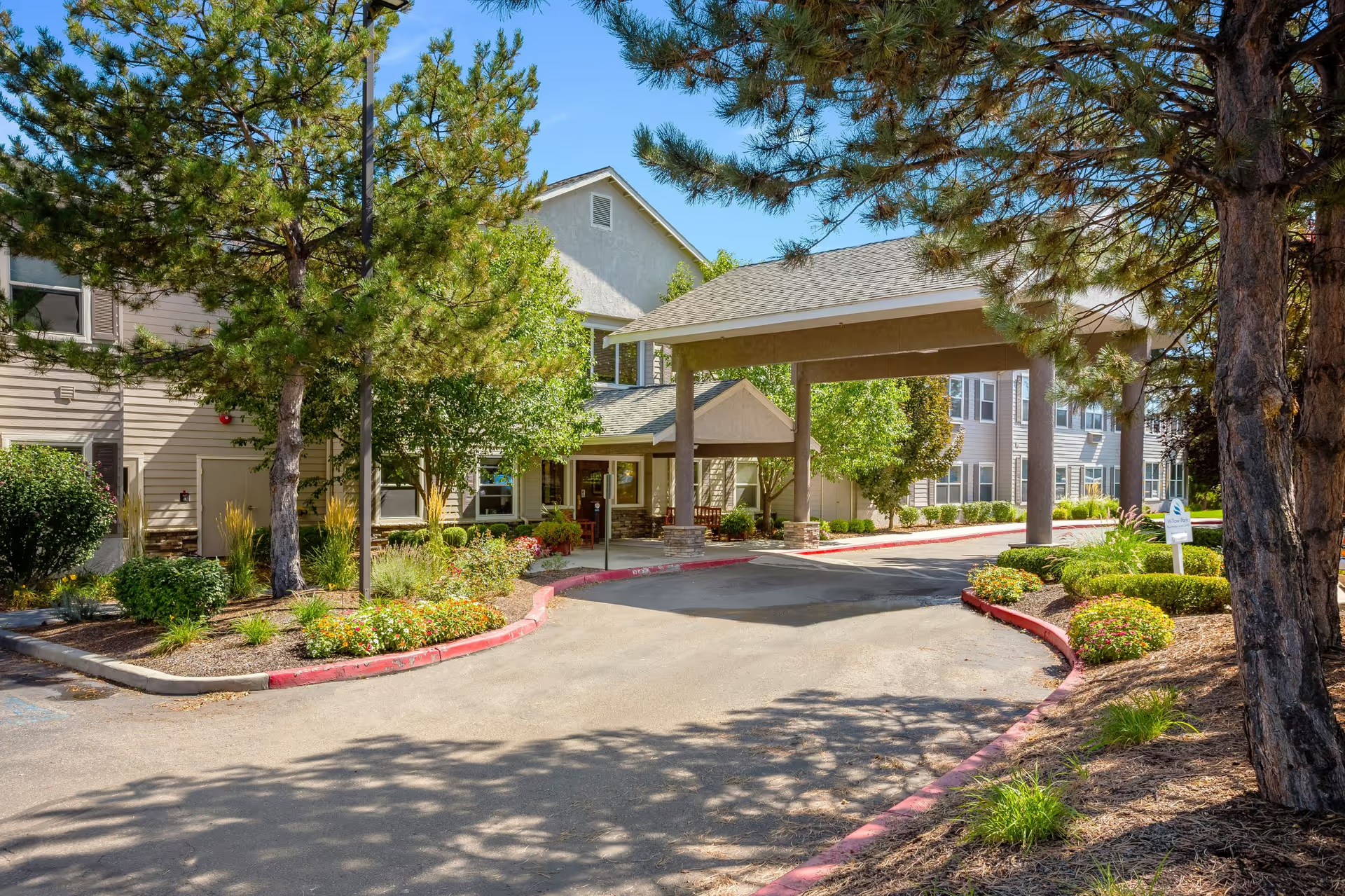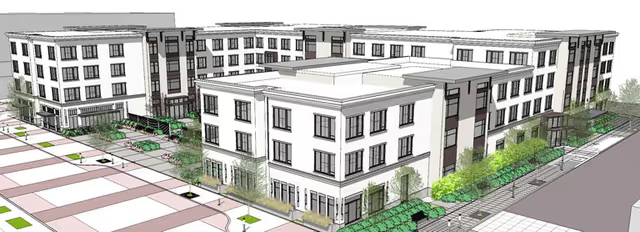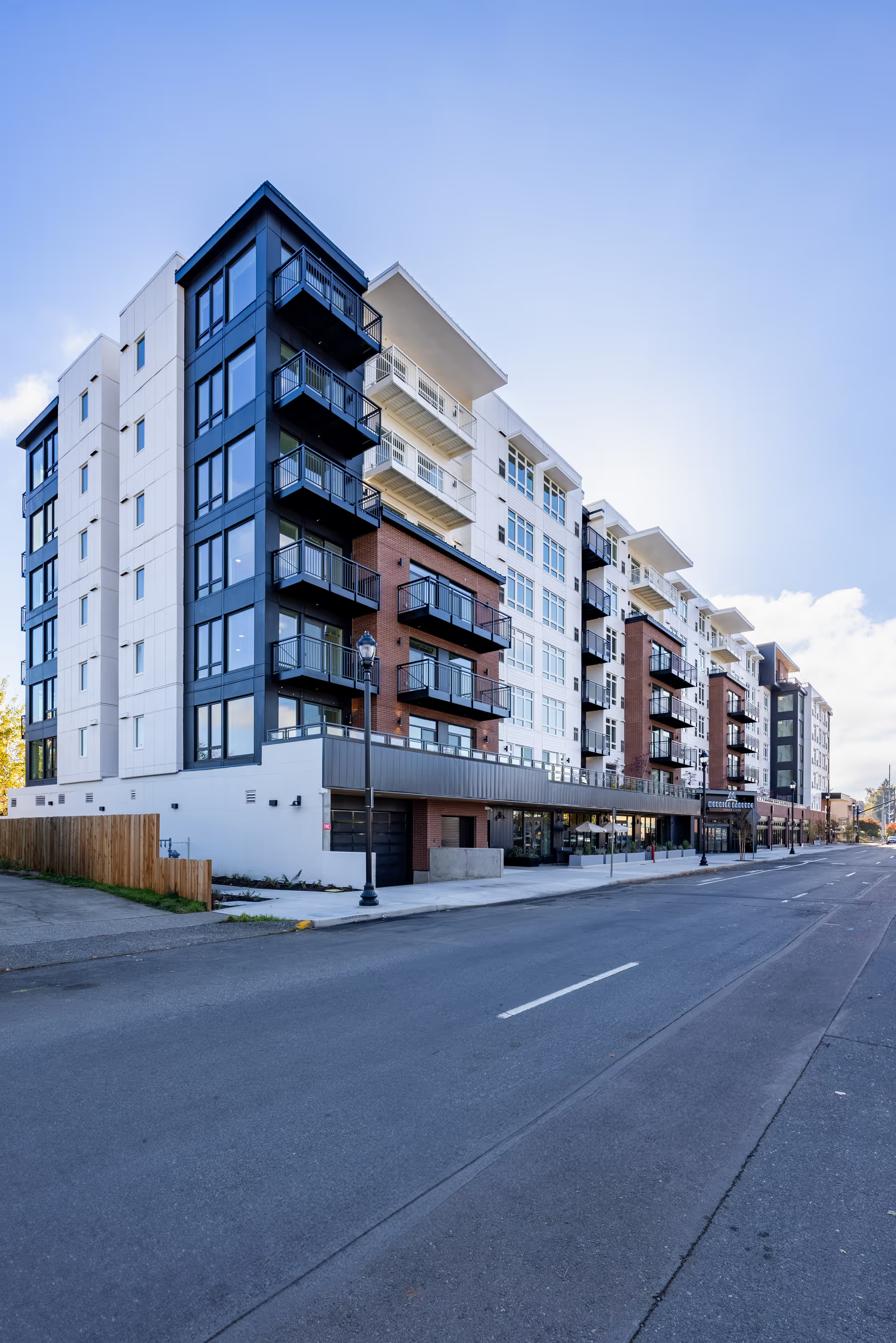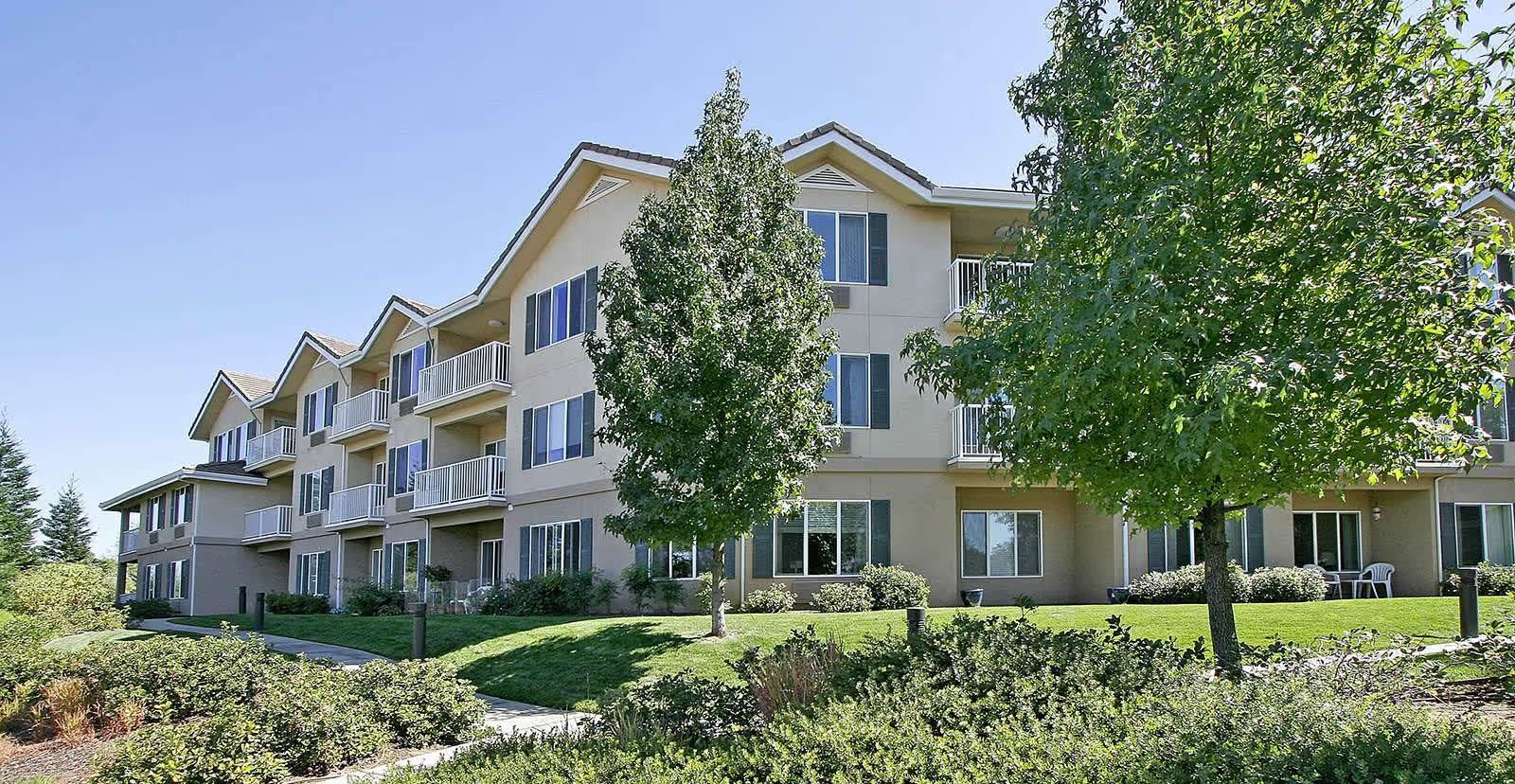The reviews present a strongly mixed to polarized picture of Bethany Place, with a cluster of positive reports coexisting alongside numerous and serious negative allegations. On the positive side, several reviewers praise the direct care staff as friendly, helpful, and supportive; some family members describe clean, pleasant spaces and report that particular long‑term residents are well cared for (for example, seizures under control for a resident named Luke). A few reviews highlight hardworking administration and supportive upper management, opportunities for staff growth, good employee benefits, and positive community engagement and reunion activities. These accounts suggest that parts of the facility and certain staff teams deliver consistent, compassionate care for some residents.
However, the negative reports are extensive and raise significant concerns about resident safety, hygiene, financial practices, and management culture. Multiple reviewers allege serious safety issues including inadequate supervision, residents being overly sedated, and repeated thefts of personal property such as bicycles. Care concerns are prominent: reviewers claim showers and other basic assistance are missed, staff sometimes appear distracted (phone use), and there are kitchen hygiene issues (hairnets not worn). These operational failings, if accurate, point to risks for residents’ physical health and dignity.
Financial and administrative concerns recur across reviews. Several reviewers allege exploitative practices — demanding cash deposits, escorting residents to banks, delays in refunds — and describe management as profit‑driven, accusatory, and disrespectful. Claims of pay cuts, harsh treatment of employees, and a toxic work culture are paired with suspicions of fake or biased employee reviews. Legal and compliance alarms are also mentioned: potential OSHA violations and requests for Ombudsman involvement indicate that some reviewers believe systemic regulatory problems may exist. The cited $4,000 monthly cost combined with reports of poor food quality and inadequate care amplify perceptions of poor value among critics.
There is a persistent theme of favoritism and politics affecting both residents and staff, producing feelings of unfair treatment and emotional distress. Policies that are perceived as punitive — for example, phone confiscation and treating residents like criminals — are noted and contribute to a sense that some residents are not afforded respectful, autonomy‑preserving care. At the same time, other reviewers describe staff and administration as helpful, supportive, and deserving of recognition, which suggests variability in staff performance and possibly uneven leadership practices across shifts or teams.
Facilities and amenities receive mixed feedback: while some find the environment clean, nice, and safe, others report inconsistency in basic supplies and amenities (e.g., missing battery chargers), and express concerns about rehabilitation services being unclear. External safety concerns are also mentioned (a nearby accident scene and a suggestion to install pedestrian crosswalks), indicating that physical access and neighborhood safety factor into some families' worry.
In sum, the reviews reveal a facility with notable bright spots — caring staff members, satisfied long‑term residents, and community engagement — but also substantial and recurring red flags around safety, personal care, financial transparency, hygiene, and management culture. The pattern suggests variability in resident experience that may depend heavily on which staff members or leadership are involved, and it warrants cautious due diligence: prospective residents and families should seek direct, in‑person assessments, ask for documentation of staffing levels, infection control and food safety practices, financial policies, incident reports, and Ombudsman or regulatory history, and speak with current resident families who have had recent, ongoing interactions. The volume and seriousness of negative allegations merit attention from regulators and stronger oversight if corroborated, while the positive reports imply there are functioning, valuable elements of care that could be expanded or standardized across the facility.







